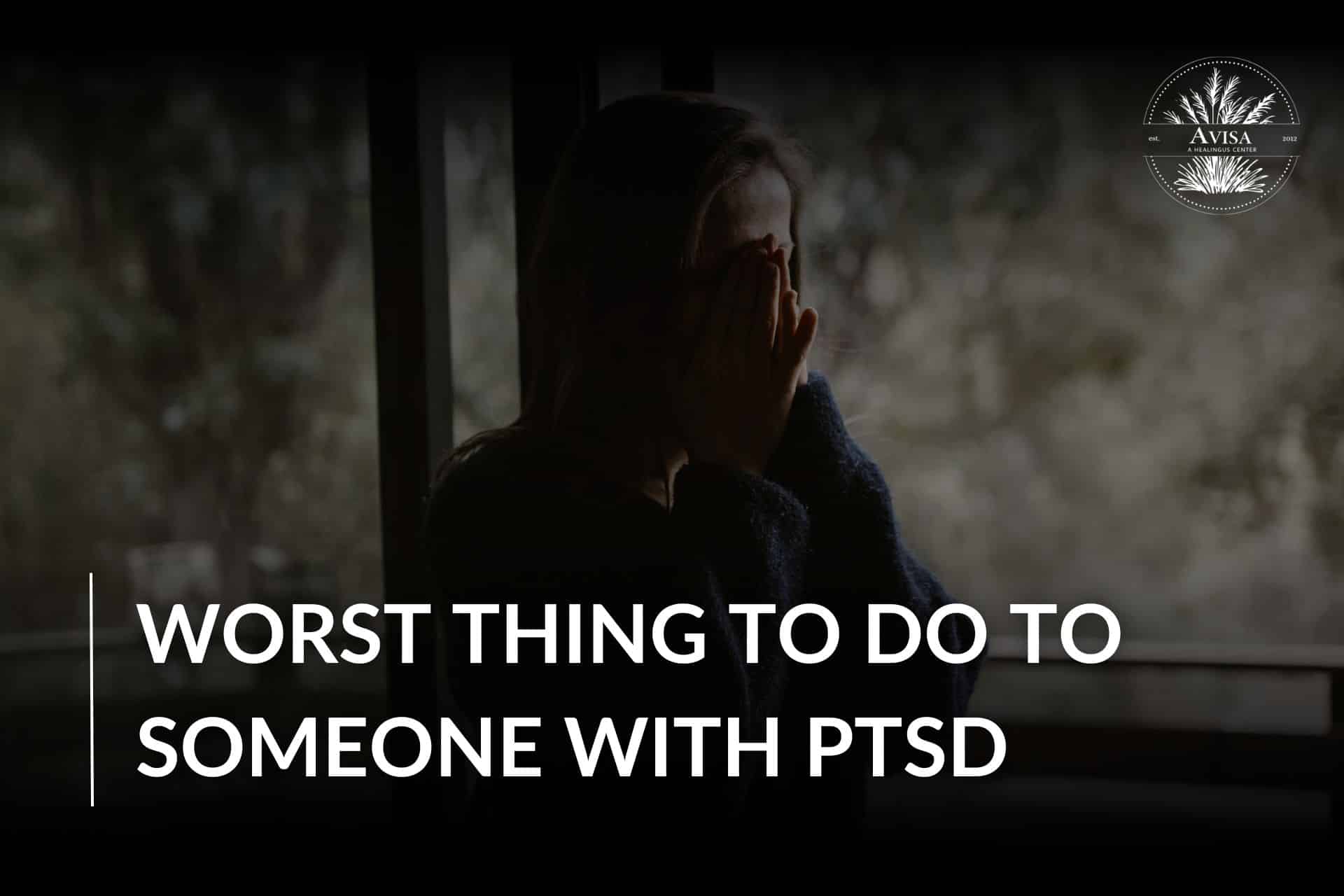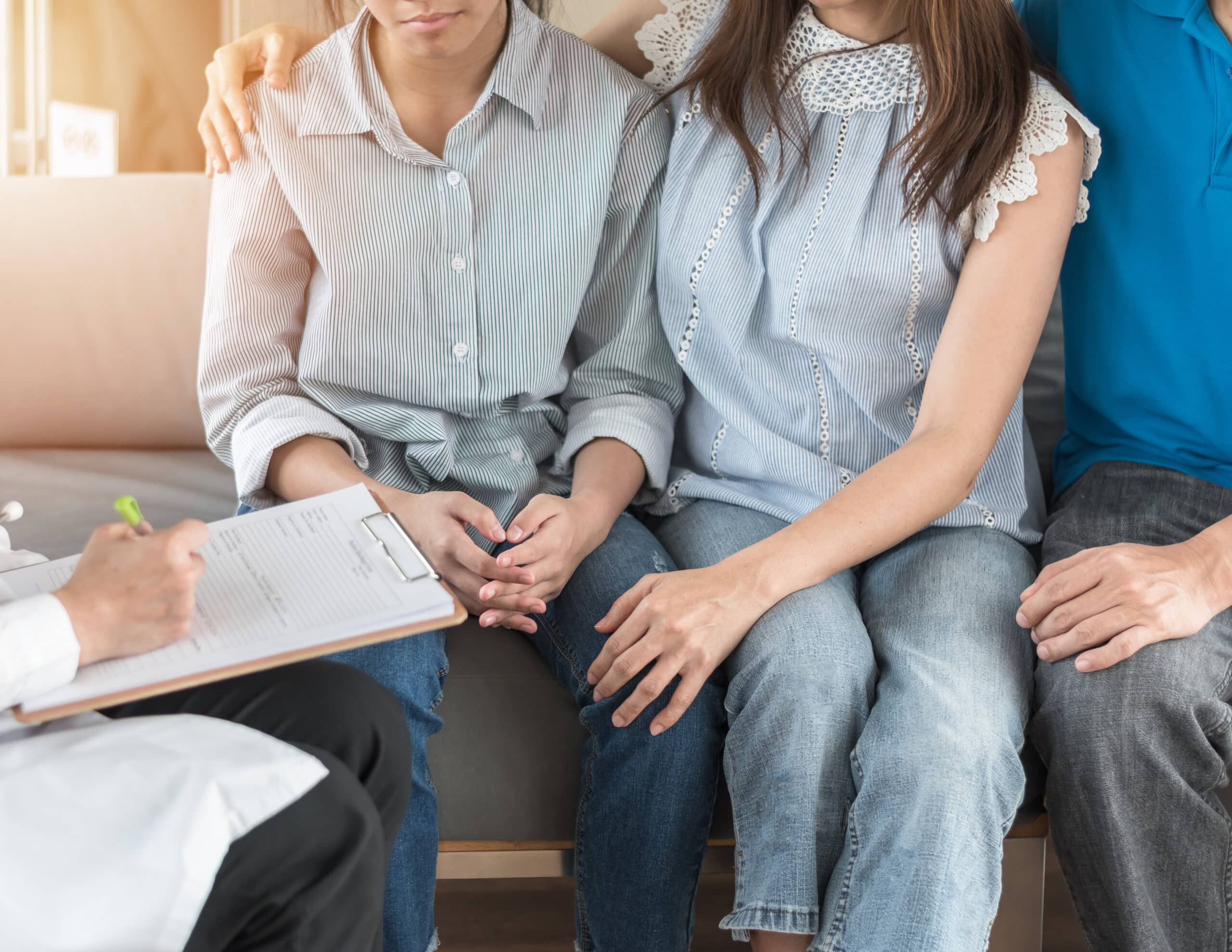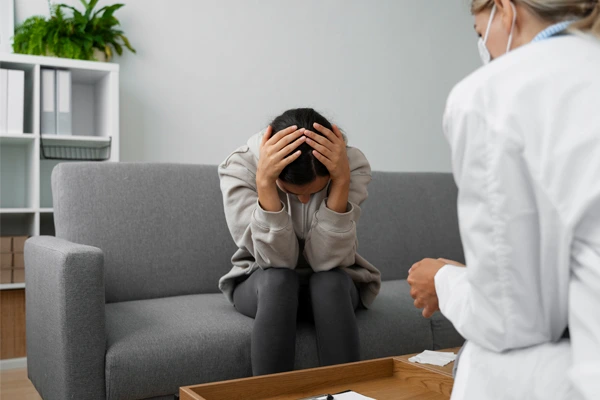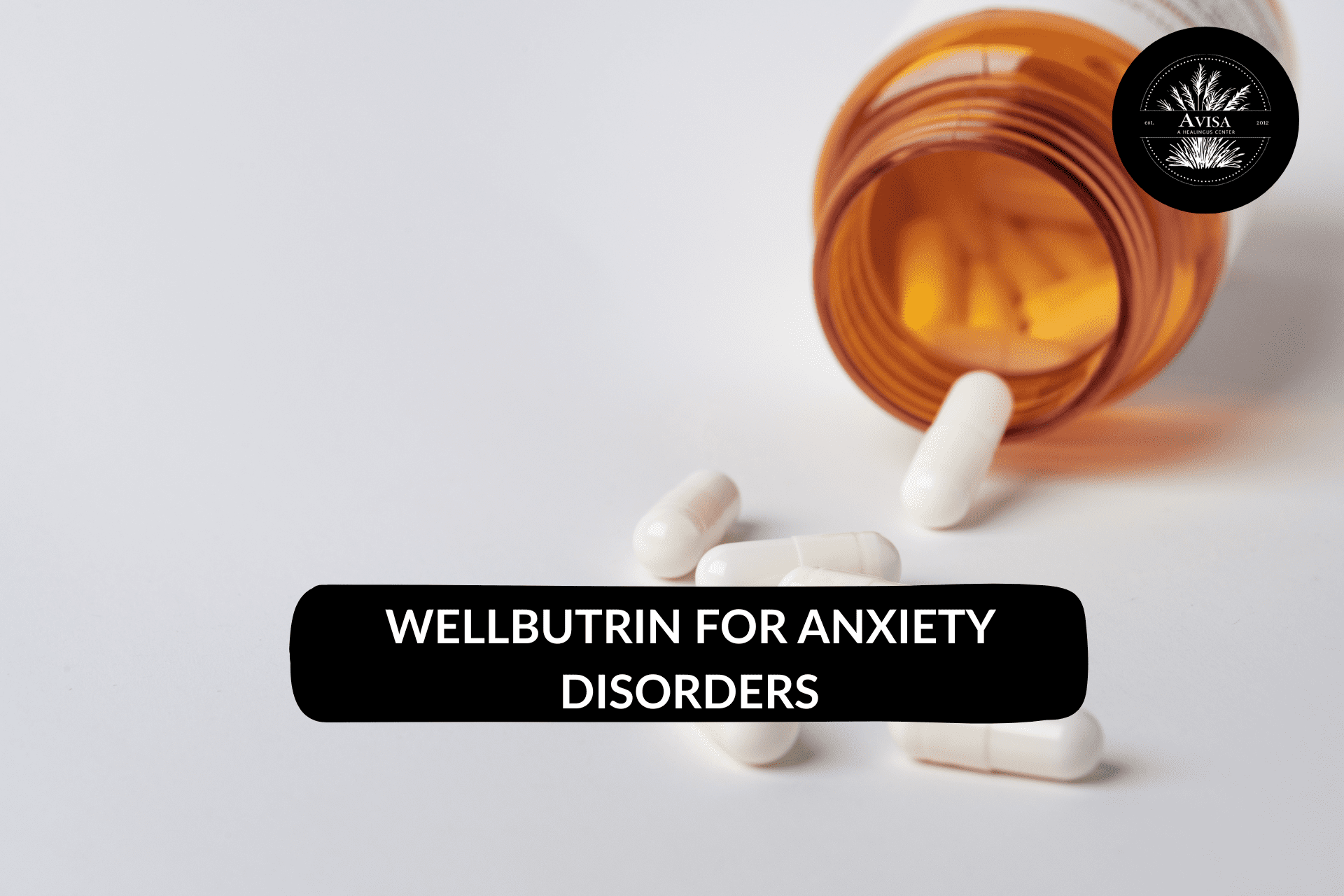Post-traumatic stress disorder (PTSD) is a mental health condition that can develop after a person experiences a terrifying or shocking event. The symptoms, such as flashbacks, nightmares, and avoidance behaviors, can be debilitating and significantly impact daily life.
While you likely want to be there for someone with PTSD, certain approaches can inadvertently make things worse. Understanding how to be a supportive presence is key. This guide will explore common pitfalls to avoid when supporting someone with PTSD.
Looking for ways to support a loved one with PTSD?
Effective therapies, including prolonged exposure therapy and outpatient programs, are available to guide them.
Understanding PTSD and Its Triggers
Recognizing these triggers is crucial for both the person with PTSD and those supporting them. By being aware of potential triggers, we can create a safer and more supportive environment for healing. However, it’s important to remember that triggers can be highly personal and vary significantly from person to person. What triggers one individual with PTSD might have no effect on another.
Post-traumatic stress disorder (PTSD)
This is a mental health condition that develops after experiencing a traumatic event. This event could be a physical assault, a natural disaster, a life-threatening accident, witnessing violence, or any situation that caused intense fear, helplessness, or horror.
Triggers
These are sights, sounds, smells, places, situations, or even words that remind someone of the traumatic event. When a person with PTSD encounters a trigger, it can send them into a state of emotional distress, sometimes even causing flashbacks or panic attacks.
Here are some common types of triggers and how they can affect individuals:
- Sensory triggers: Loud noises, bright lights, certain smells, or even tastes can be linked to the traumatic event and trigger a response.
- Situational triggers: Being in a crowded space, feeling trapped (like in an elevator), or experiencing a situation similar to the trauma can be triggering.
- Anniversary reactions: Dates, holidays, or places associated with the trauma can be difficult.
- Cognitive triggers: Thoughts, memories, or even internal cues like feeling overwhelmed can trigger a PTSD response.
Recognizing these triggers is crucial for both the person with PTSD and those supporting them. By being aware of potential triggers, we can create a safer and more supportive environment for healing.
The Worst Things to Do to Someone with PTSD
Ignoring or Dismissing Their Experience
- Explanation of how this invalidates their feelings
When someone with PTSD shares their experiences, ignoring or dismissing what they say can make them feel unheard and unimportant. This invalidation can deepen their feelings of isolation and worthlessness. - Potential consequences
Ignoring or dismissing their trauma can lead to increased anxiety, depression, and a reluctance to seek further support. It can erode trust in relationships and exacerbate the symptoms of PTSD.
Forcing Them to Talk About Their Trauma
- Why this can be harmful
Forcing someone with PTSD to discuss their trauma can trigger intense distress and re-traumatization. It can cause them to relive the traumatic event, leading to heightened anxiety and emotional pain. - Alternative approaches to communication
Instead of pushing them to talk, let them know you’re available to listen when they feel ready. Encourage them to express their feelings in their own time and way and respect their boundaries.
Minimizing Their Symptoms
- Understanding the impact of symptoms
Symptoms of PTSD, such as flashbacks, nightmares, and hypervigilance, are real and debilitating. Minimizing these symptoms can make the individual feel misunderstood and unsupported. - Why minimizing is detrimental
Downplaying their struggles can discourage them from seeking help and undermine their confidence in managing their condition. It can lead to a worsening of symptoms and a sense of hopelessness.
Being Impatient with Their Progress
- Importance of patience in the healing process
Recovery from PTSD is a gradual process that varies for each individual. Being patient and understanding is crucial to providing effective support. - How impatience can hinder recovery
Impatience can pressure the person to “move on” before they’re ready, increasing their stress and hindering their healing. It can also damage the supportive relationship and create additional emotional barriers.
Actions and Behaviors to Avoid
- Invalidating Their Feelings: Dismissing or minimizing their experiences can make them feel unheard and exacerbate their symptoms.
- Pressuring Them to Talk: Forcing them to discuss their trauma can trigger distress and re-traumatization.
- Blaming or Judging Them: Criticizing their behavior or implying that they’re responsible for their condition can worsen feelings of guilt and shame.
- Being Overly Protective: While support is important, being overly protective can undermine their sense of autonomy and self-esteem.
- Avoiding Them Altogether: Ignoring or avoiding them because you’re unsure how to help can reinforce feelings of isolation and loneliness.
The Importance of Proper Support
Support plays a crucial role in the recovery process for individuals with PTSD. It provides them with a sense of validation, safety, and understanding, which are essential for healing. Proper support can significantly affect their ability to cope with symptoms and regain a sense of normalcy in their lives.
Positive Actions to Take Instead
- Listen Without Judgment: Provide a non-judgmental space for them to express their feelings and experiences without fear of criticism.
- Offer Empathy and Validation: Validate their feelings and experiences, letting them know that you believe them and are there to support them.
- Encourage Professional Help: Suggest seeking professional support from therapists or counselors who specialize in trauma treatment.
- Create a Safe Environment: Foster a safe and supportive environment by respecting their boundaries, providing reassurance, and avoiding triggers.
By taking these positive actions and providing proper support, you can help individuals with PTSD feel understood, supported, and empowered on their journey to recovery.
Tired of fighting addiction and mental health struggles?
Ignoring both deepens the struggle. Our holistic approach—detox, therapy, and medication-assisted treatment—can help you heal. Take the first step today.
Conclusion
In conclusion, avoiding the worst thing to do for someone with PTSD requires empathy, understanding, and patience. By avoiding common pitfalls such as ignoring their experiences, pressuring them to talk about their trauma, minimizing their symptoms, or being impatient with their progress, we can create a safer and more supportive environment for healing. Instead, we should listen without judgment, offer empathy and validation, encourage professional help, and create a safe space for them to express themselves.
As we wrap up, let’s remember that supporting individuals with and understanding the worst thing to do someone with PTSD is not just about avoiding negative actions; it’s also about taking positive steps to empower and uplift them. Together, we can foster a culture of sensitivity, awareness, and support for those living with PTSD.
Join Avisa and let’s commit to better understanding and supporting individuals with PTSD in our communities. Whether it’s through educating ourselves, advocating for better mental health resources, or simply offering a listening ear, each of us has a role to play in creating a more compassionate and inclusive society for everyone.
FAQs
Que: What makes PTSD worse?
Ans: Triggers encompass various stimuli like sights, sounds, smells, or thoughts that evoke memories of the traumatic event. While some triggers, like witnessing an assault on a news report, are overt, others may be less apparent. For instance, if a traumatic event occurred on a sunny day, the sight of a bright blue sky could provoke distress.
Que: What aggravates PTSD?
Ans: A multitude of stimuli can trigger PTSD symptoms, including visual images, sounds, smells, colors, food, and even weather conditions.
Que: Can someone with PTSD live a normal life?
Ans: The person can develop coping strategies, reshape their perceptions, and lead a fulfilling life with minimal interference from symptoms. Treatment approaches are tailored to each individual based on their experiences, symptoms, and objectives, often involving a blend of different interventions.
Que: How do you prove PTSD has gotten worse?
Ans: Having documentation dating back to the onset of your PTSD symptoms is beneficial, but recent records can also demonstrate the severity of your condition. Alongside medical documentation, statements from family, friends, and colleagues can further illustrate the impact of PTSD on your life.
Que: What is the most severe symptom of PTSD?
Ans: In essence, PTSD can create a loop in your brain, leading to intrusive flashbacks and nightmares that force you to relive the traumatic experience. In severe cases, PTSD may also involve symptoms of psychosis, such as dissociation, paranoia, and auditory hallucinations.











